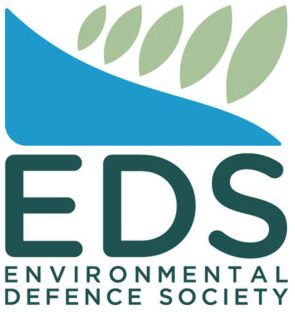Hamilton’s Development Constraints Show Need For Water Reform
Constraints on the wastewater network in parts of Hamilton are limiting development in some suburbs, but significant infrastructure investment is enabling it in others, a report produced for Council’s upcoming Strategic Growth and District Plan Committee shows.
The report for the 8 April meeting highlights the challenges Council is facing to increase network capacity to meet growth, maintain compliance with water standards, and meet obligations to protect the Waikato River.
The report indicates capacity could increase if a proposal to form a Council-Controlled Organisation with Waikato District Council for water goes ahead. Its greater borrowing power would enable critical infrastructure investment to take place, faster. Council is consulting on the proposal now, with a final decision expected in June.
Council has strategically invested in priority areas for growth – greenfield areas, and the central city and surrounding area – as identified in the 2023 Hamilton Urban Growth Strategy, Plan Change 12 and the 2024-2034 Long-Term Plan.
A significant $1 billion investment in Hamilton's wastewater network is funded over the next 10 years as part of Council’s current Long-Term Plan. This includes a $500 million upgrade of the city’s only wastewater treatment plant in Pukete, to support 15+ years of projected growth.
“We can’t grow everywhere at once,” said General Manager of Infrastructure and Assets, Andrew Parsons.
“Growing fast presents challenges and while we have made significant investment into our waters infrastructure, we’ve had to be strategic. There are projects funded and planned to increase capacity and enable development in existing suburbs, but we can’t do it all at once,” said Parsons.
Council’s decision on water reform and the proposed CCO would change this outlook. While it would take time to establish a joint waters company, the benefits include having greater purchasing power, and being able to build and upgrade infrastructure faster, meet growth demands, and spread costs fairly.
Unfunded network improvements to support infill development in areas such as Enderley/Fairfield form part of the proposed Waters CCO Enhanced Investment Programme. This enhanced programme aims to provide additional investment in the wastewater system and support growth from 2028 onward.
Chair of the Strategic Growth and District Plan Committee Sarah Thomson said it was essential to get an understanding of the issue while water reform is on the table.
“This report provides an opportunity to explore what levers we have as Elected Members to relieve some of this pressure.
“We want to welcome development in Hamilton, we want to make sure housing keeps up with population growth. It’s critical going forward that we can provide greater clarity around which areas will be prioritised for infrastructure to enable housing and when.
“Both this report and the one that follows it will help inform the direction and recommendations to the proposed Council-controlled organisation”.
Council staff are working on a public-facing wastewater capacity viewer, expected to be available soon. This viewer will provide a more detailed view of capacity-enabled areas for development, than the list of constraints currently on the website.
A second wastewater capacity report will be developed and brought to Council, which will respond to the feedback from Elected Members in April, dive deeper into relevant topics, and provide options for consideration.


 Gordon Campbell: Papal Picks, And India As A Defence Ally
Gordon Campbell: Papal Picks, And India As A Defence Ally Waitangi Treaty Grounds: Anzac Day Commemorative Evening Service At The Waitangi Treaty Grounds
Waitangi Treaty Grounds: Anzac Day Commemorative Evening Service At The Waitangi Treaty Grounds Ministry For Culture And Heritage: New Zealand Flag Half-Masting To Mark The Passing And Funeral Of His Holiness Pope Francis
Ministry For Culture And Heritage: New Zealand Flag Half-Masting To Mark The Passing And Funeral Of His Holiness Pope Francis NZ Government: PM Sends Condolences On Passing Of Pope Francis
NZ Government: PM Sends Condolences On Passing Of Pope Francis NZDF: Battlefield Remains Unearthed By Wildfires In Gallipoli Covered Over By Kiwi Team
NZDF: Battlefield Remains Unearthed By Wildfires In Gallipoli Covered Over By Kiwi Team NZ Police: New Zealand Police team up with Z Energy, NZTA and ACC to remind Kiwis to drive safe this Easter
NZ Police: New Zealand Police team up with Z Energy, NZTA and ACC to remind Kiwis to drive safe this Easter NZCAST: NZCAST Leads Ongoing Cross-Agency Collaboration To Break Down Barriers For Survivors Of State Abuse
NZCAST: NZCAST Leads Ongoing Cross-Agency Collaboration To Break Down Barriers For Survivors Of State Abuse


